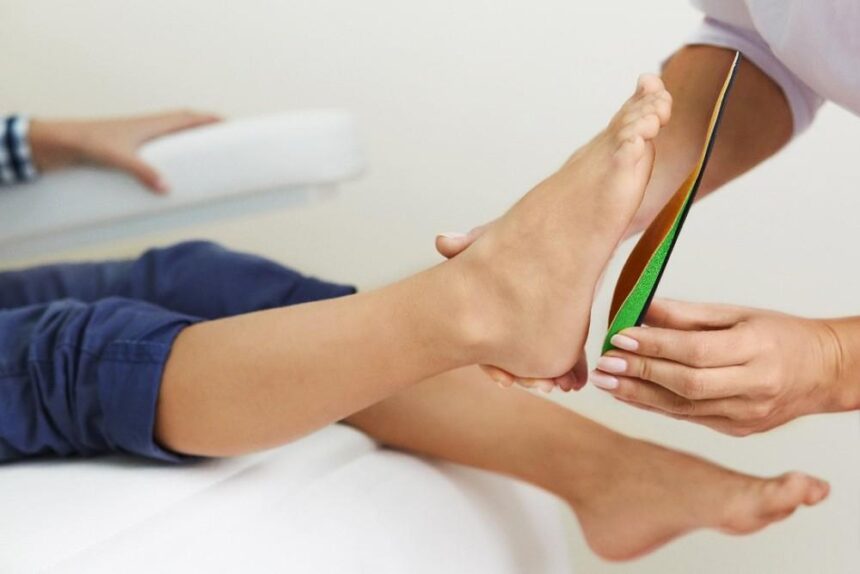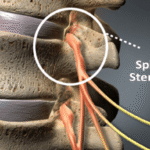Foot pain can affect daily life, influencing mobility and overall comfort. Podiatrists often address mechanical factors that may contribute to discomfort or an inefficient gait. One tool used in this context is the custom orthotic. These supportive devices are tailored to an individual’s specific needs. A podiatrist creates a custom orthotic after a detailed assessment of a person’s foot structure, movement patterns, typical footwear, and daily activities.
What Are Orthotics?
Orthotics are prescription shoe or heel inserts designed by a podiatrist. Unlike over-the-counter insoles found in retail stores, custom orthotics are designed to fit an individual’s feet. By providing targeted support and cushioning, these devices can help manage forces and pressures acting on the feet and lower limbs.
The construction of a custom orthotic is based on a podiatrist’s evaluation. The specialist analyzes how a person’s feet and ankles are aligned and how they move. An orthotic is then designed to modify foot function and support proper alignment. The goal is to create a more stable and efficient foundation for the body.
What Conditions Do They Treat?
Podiatrists may recommend custom orthotics in a variety of scenarios where biomechanical factors are thought to play a role in discomfort. These devices are not a cure but are used as part of a broader management plan. Issues they may address include:
- Foot Structure Variations: For individuals with flat feet or high arches, orthotics can be designed to support the arch and help distribute body weight more evenly across the foot.
- Pronation and Supination: Orthotics may be used for feet that roll inward excessively (overpronation) or outward (oversupination). The devices are designed to guide the foot toward a more neutral motion.
- Plantar Fasciitis: This condition involves the band of tissue running along the bottom of the foot. An orthotic may help reduce strain on the plantar fascia by providing arch support and cushioning for the heel.
- Bunions and Hammertoes: In cases of bunions or hammertoes, orthotics can be shaped to redirect pressure away from the affected joints, which may offer some relief from discomfort.
In each situation, the orthotic is carefully designed to address the specific mechanical issues identified during the podiatric examination.
What Are the Different Types?
A key part of the process is making sure the final device fits comfortably inside the patient’s everyday footwear. Custom orthotics are available in several forms, with the type and materials chosen based on the patient’s needs, activity level, and footwear. Typical forms of orthotics are:
- Rigid Orthotics: These are made from firm materials like carbon fiber or plastic. Their firmness provides stability and helps guide the foot through a more functional movement pattern.
- Accommodative Orthotics: These are softer and provide cushioning and support. Accommodative orthotics are designed to relieve pressure from uncomfortable or sore spots.
- Ankle-Foot Orthotics (AFOs): An AFO is a more extensive device that encompasses the foot, ankle, and lower leg. This type of orthosis is used when more significant support is needed to control ankle position and stability.
A podiatrist works with the patient to make sure the orthotic is compatible with their shoes and lifestyle.
Speak Further With a Podiatrist
If you are experiencing foot discomfort, a consultation with a podiatrist is a logical next step. A professional assessment can help determine the underlying factors contributing to your symptoms. Should a podiatrist determine that custom orthotics are a suitable option for you, they can walk you through the process.





